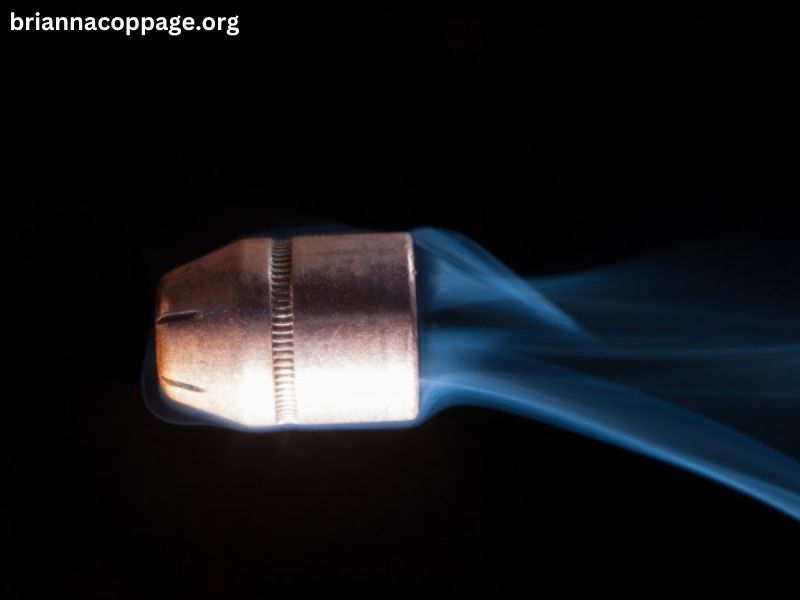When it comes to firearms, one of the most fascinating aspects is the speed at which a bullet travels. Understanding bullet velocity is crucial for a variety of fields, including ballistics, law enforcement, military operations, and even hunting. This article will explore how fast bullets travel, the factors that influence their speed, and the implications of this speed in various contexts.
Understanding Bullet Velocity
Bullet velocity refers to the speed at which a bullet exits the barrel of a firearm. It is typically measured in feet per second (fps) or meters per second (m/s). The velocity can vary significantly based on several factors, including the type of firearm, the type of ammunition, and the specific conditions under which the bullet is fired.
Average Bullet Speeds
To grasp how fast a bullet can travel, it’s essential to look at some average speeds for common types of firearms:
- Handguns: Most handguns, such as the .45 ACP (Automatic Colt Pistol), have a muzzle velocity between 800 and 1,200 fps (about 240 to 370 m/s). Lighter calibers like the 9mm typically travel at velocities around 1,100 to 1,200 fps (335 to 370 m/s).
- Rifles: Rifles tend to have much higher velocities. For example, the .223 Remington cartridge, commonly used in AR-15 rifles, can reach speeds of 2,700 to 3,200 fps (820 to 975 m/s). Larger calibers, such as the .308 Winchester, can achieve similar velocities, often around 2,600 to 2,800 fps (792 to 853 m/s).
- Shotguns: Shotguns generally have lower velocities than rifles, with typical speeds ranging from 1,200 to 1,500 fps (366 to 457 m/s) for shotshells. However, the speed can vary based on the load and the type of shot used.
The Speed of Sound
To put bullet velocities into perspective, it’s important to understand the concept of the speed of sound. At sea level and at a temperature of 20°C (68°F), the speed of sound is approximately 1,125 fps (343 m/s). This means that bullets from many handguns travel slower than the speed of sound, while most rifle bullets exceed it. When a bullet travels faster than the speed of sound, it creates a sonic boom, often referred to as a “crack,” which is distinct from the sound of the gunshot itself.
Factors Influencing Bullet Velocity
Several factors influence the speed of a bullet, including:
1. Type of Firearm
Different firearms are designed to propel bullets at varying speeds. The barrel length, bore diameter, and construction of the firearm all play significant roles. Generally, longer barrels provide more time for the expanding gases from the burning gunpowder to push the bullet, resulting in higher velocities.
2. Type of Ammunition
The specific design of the bullet, including its weight and shape, affects its velocity. Lighter bullets typically travel faster than heavier ones, assuming the same amount of gunpowder is used. Additionally, the type of powder and the amount used can drastically alter the velocity. For instance, a hotter load with more gunpowder will generally yield higher speeds.
3. Environmental Conditions
Weather conditions such as temperature, humidity, and altitude can affect bullet velocity. For example, at higher altitudes where air pressure is lower, bullets can travel faster due to less air resistance. Similarly, colder temperatures can change the properties of gunpowder, sometimes resulting in lower velocities.
4. Bullet Design
The aerodynamics of a bullet—its shape, weight, and construction—also influence its speed. For example, streamlined bullets (often referred to as “boat tail” bullets) can maintain higher velocities over longer distances due to reduced drag. Conversely, flat-based bullets may experience greater resistance and therefore slower velocities.
5. Barrel Length
As mentioned, barrel length has a significant impact on bullet speed. A longer barrel allows for more complete combustion of the gunpowder and more time for the expanding gases to push the bullet, resulting in higher speeds. This is why rifles, with their longer barrels, typically have much higher velocities than handguns.
Implications of Bullet Speed
The speed of a bullet has significant implications for various applications:
1. Ballistics
In forensic science, understanding bullet velocity is crucial for crime scene investigation and ballistic analysis. The velocity can provide information about the distance from which a shot was fired, the type of firearm used, and even the potential damage inflicted.
2. Hunting
For hunters, bullet speed is vital in determining the effective range of a firearm. Faster bullets have flatter trajectories, making them more accurate over longer distances. This allows hunters to take shots from further away without significant bullet drop.
3. Military Applications
In military operations, bullet speed can affect tactical decisions. Faster bullets can lead to quicker target acquisition and increased lethality. Additionally, understanding the speed of different munitions helps in developing effective strategies and equipment.
4. Sport Shooting
In competitive shooting sports, velocity can impact performance. Shooters often seek ammunition that offers optimal speed and accuracy to enhance their chances of hitting targets.
The Physics of Bullet Flight
To understand how bullets travel, it’s essential to look at the physics behind their flight. Once a bullet leaves the barrel, it is subject to several forces:
1. Gravity
Gravity pulls the bullet downward, causing it to drop over distance. This drop is influenced by the initial velocity of the bullet and the angle at which it is fired.
2. Air Resistance
As a bullet travels, it encounters air resistance, which slows it down. The shape and speed of the bullet play crucial roles in how much drag it experiences.
3. Spin
Most bullets are spun as they exit the barrel due to the rifling inside the barrel. This spin stabilizes the bullet in flight, improving accuracy and distance.
Conclusion
The speed of a bullet is a fascinating and complex topic influenced by various factors, including the type of firearm, ammunition, environmental conditions, and physics of flight. Understanding how fast bullets travel is crucial for a range of applications, from forensic science to military strategy and hunting. As technology advances, ongoing research continues to improve our understanding of ballistics, making it an ever-evolving field.
In summary, while there’s no one-size-fits-all answer to how fast a bullet travels, knowledge of the averages and influencing factors helps us appreciate the remarkable capabilities of firearms and the bullets they discharge. Whether for professional use or personal interest, understanding bullet velocity is essential for anyone engaged in shooting sports, law enforcement, or simply wanting to learn more about the mechanics of firearms.






